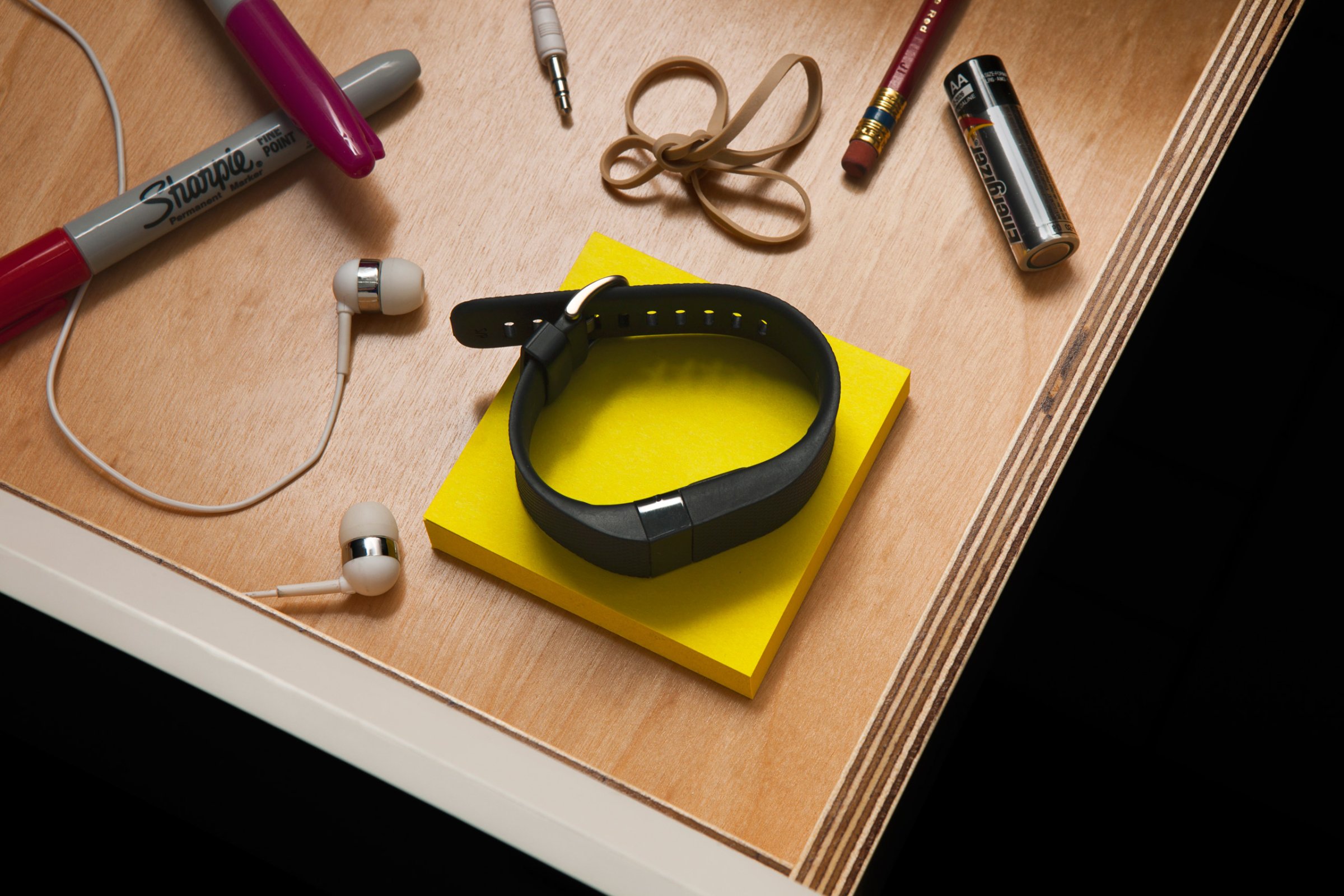
About five years ago, when the first generation of wearable fitness trackers became popular, they were heralded as the dawn of a revolution. Health experts and businesspeople alike said that giving people access to real-time calorie-burning and step-count data would inspire them to lose weight, eat better and–most important–exercise more. But even as the U.S. market for wearable devices hits $7 billion this year, there’s evidence that their promise isn’t quite paying off.
The U.S. has an exercise problem, with 28% of Americans ages 50 and over considered wholly inactive. That means 31 million adults move no more than is necessary to perform the most basic functions of daily life. Wearables, experts hoped, were going to change that. Slap on a fitness tracker, the pitch went, and you’ll suddenly find yourself motivated to move more. You’ll climb stairs without thinking and take the dog for an extra lap. You may even start having your work meetings while ambulating.
But scant academic research has been done to figure out whether wearables change people’s behavior in the long term. The little research that does exist isn’t encouraging. For a recent study in the Journal of the American Medical Association, researchers wanted to see whether activity trackers would help overweight people lose more weight over two years than if they just did a weight-loss intervention alone. They didn’t. “We found that just giving people a device doesn’t mean it’s going to result in something you think it’s going to result in,” says John Jakicic, the author of the study, from the University of Pittsburgh. “These activity trackers don’t engage people in strategies that make a difference in terms of long-term change.”
Another new study highlighted a different challenge: attrition. By the end of a yearlong study of 800 people, just 10% of participants were still wearing the trackers, according to Eric Finkelstein, a professor at the Duke-NUS Medical School in Singapore, who led the effort. “We didn’t find that Fitbits really have much of an effect,” he says.
This may well be because people expect trackers to do something they’re not designed to do–namely, force them to change their behavior. “There’s confusion among people about a measurement tool and an intervention,” Finkelstein says. A scale counts pounds, for example, but won’t teach you how to eat less.
“When people put these devices on, they might interact with the app for the first few weeks, maybe the first few months,” says Ryan Martin, a senior analyst at ABI Research. “But there comes a point where that starts to fall off.”
To be fair, some of the pricier and higher-tech wearables–not the ones typically used in academic studies, because of their cost–have features baked into them that encourage users to move more, says Shelten Yuen, Fitbit’s vice president of research. Among them: vibrating sensors, movement reminders and social-media integration, all designed to motivate users to make better health choices every day. But more research will be needed to determine whether or not these features–or others like them–measurably improve people’s health and fitness levels.
In the meantime, there are ways to get more out of most fitness trackers by using them differently, says Catrine Tudor-Locke, a professor and the chair of the department of kinesiology at the University of Massachusetts Amherst, who’s been researching fitness trackers for many years. For starters, she suggests, don’t change your behavior after taking your wearable out of its box (or dusting off the one in a drawer) and putting it on your body. “Live life as normal for at least three to seven days,” she says, “to get a picture of where you’re at before you start to track where you’re going.”
Next, when you do look at your data, check for improvements. Then ask yourself how you changed your routine to cause those improvements, so you can do it again in the future. Once you have a realistic sense of your abilities, it will be easier to commit to a long-term goal. “That dynamic process of monitoring your behavior and tracking it is where we want to go and is the most important learning that comes from this,” says Tudor-Locke. “Not the digits themselves.”
For more on these stories, visit time.com/ideas
More Must-Reads from TIME
- Donald Trump Is TIME's 2024 Person of the Year
- Why We Chose Trump as Person of the Year
- Is Intermittent Fasting Good or Bad for You?
- The 100 Must-Read Books of 2024
- The 20 Best Christmas TV Episodes
- Column: If Optimism Feels Ridiculous Now, Try Hope
- The Future of Climate Action Is Trade Policy
- Merle Bombardieri Is Helping People Make the Baby Decision
Write to Mandy Oaklander at mandy.oaklander@time.com